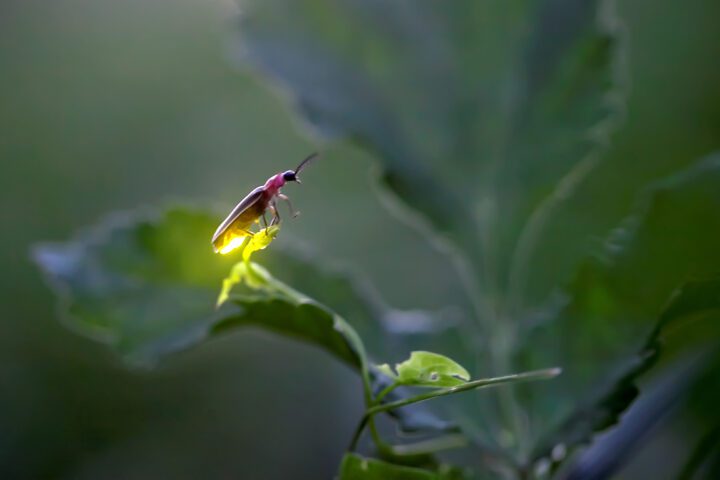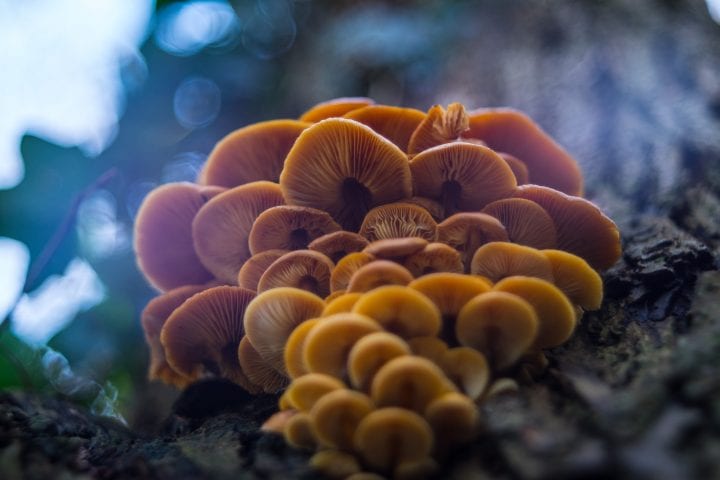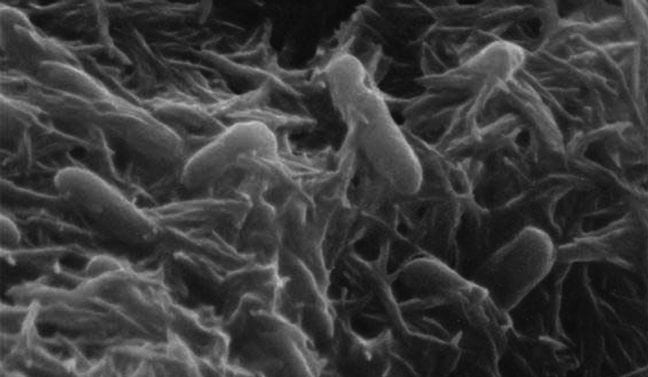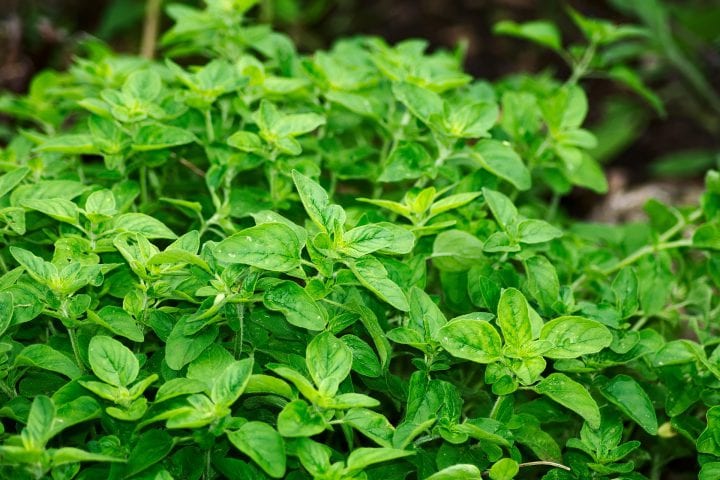Chemically Generate Flow of Electrons (Redox)
Electron flows, or electron transport, is a critical step in numerous biochemical pathways. For example, the flow of electrons along the electron transport chain between membrane-bound proteins of mitochondria during cellular respiration or the chloroplast during photosynthesis triggers a flow of protons across the same membrane. This flow provides the energy for cellular processes similar to the flow of water across a hydroelectric dam.
Modify Chemical Potential
Building a dam on a flowing river creates a difference in water level on either side of the dam. The difference in water level is called a potential because it takes advantage of the abiotic tendency of water to seek its own level. Once there is an opening in the dam, water will rush from the higher level to the lower level until they become equal. The flow of water can be used to do work, like turning a turbine to generate hydroelectric power. Similarly, a chemical potential can be set up to do work. For example, in photosynthesis, the energy of a solar photon striking a leaf forces an electron to flow along the electron transport chain. As the electron passes each point in the chain, a hydrogen ion is released within the plant cell’s thylakoid membrane. As the hydrogen ions build up on one side of the thylakoid membrane, it sets up a chemical potential due to the difference in hydrogen ion concentration on either side. Just as there is an abiotic tendency for water to seek its own level on either side of the dam, there is an abiotic tendency for chemical concentration of any particular ion or molecule to “seek its own concentration level” on either side of a membrane. In photosynthesis, hydrogen ions find their way to the other side of the thylakoid membrane through a pathway created by an embedded enzyme channel. The flow of hydrogen ions through the channel power the enzyme’s chemical synthesis machinery.
Modify Oxidation State
Oxidation state refers to the degree to which an element has gained or lost electrons–it can have a significant impact on the characteristics of that element. For example, hexavalent chromium with an oxidation number of +6, is a known carcinogen whereas the less oxidized (i.e., “reduced”) trivalent form, with an oxidation number of +3, is less toxic. The bacterium, Acidiphilium cryptum, can enzymatically convert chromium from the hexavalent to the trivalent form.
Modify Electron Transport
Electron transport is essential for helping organisms to produce energy and survive. Several species can modify the movement of electrons in different ways, allowing them to survive in a variety of conditions.





